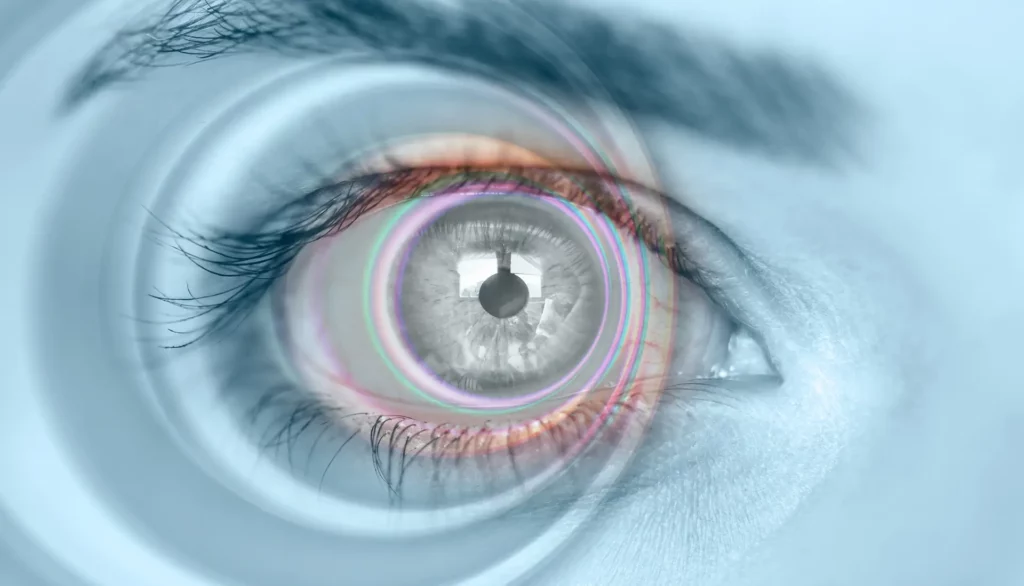
Allusion: A Subtle Reference
Allusion is a literary device that involves making a brief and indirect reference to a person, place, thing, or idea of historical, cultural, literary, or political significance:
- Indirect Reference: Implies that the author subtly references or mentions elements from classical mythology within the novel.
Example: “The author’s novel is rich in allusions to classical mythology.” - Cultural or Historical Reference: Suggests that the comedian incorporated indirect references to well-known movie scenes into their routine.
Example: “The comedian’s routine was filled with allusions to famous movie scenes.”
Illusion: Deceptive Appearance or Misconception
Illusion, on the other hand, pertains to something that deceives the senses or misleads perceptions:
- Deceptive Appearance: Describes the misleading visual appearance of an act using mirrors.
Example: “The magician created the illusion of a disappearing act with mirrors.” - Misconception or False Belief: Refers to a false perception or belief, such as seeing water in a desert mirage.
Example: “The mirage in the desert was merely an illusion, fooling the travelers into thinking they saw water.”
Strategies for Differentiation:
- Reference vs. Deception:
Use allusion when referring to an indirect or subtle reference. Use illusion when describing a deceptive appearance or misconception. - Literary Context vs. Visual Deception:
Allusion is often used in literary or cultural contexts, while illusion is more associated with visual or perceptual deception.
Common Pitfalls:
- Avoiding Confusion:
Incorrect: “The artist’s painting was an allusion to a peaceful countryside.”
Correct: “The artist’s painting created the illusion of a peaceful countryside.” - Literary vs. Visual References:
Incorrect: “In her speech, the politician made an illusion to historical events.”
Correct: “In her speech, the politician made an allusion to historical events.”






